About Mayo
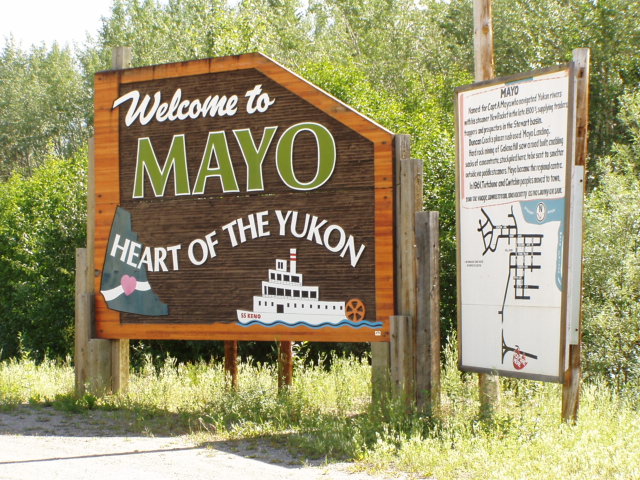
Mayo is located at the confluence of the Mayo and Stewart rivers in the heart of the Yukon, approximately 400 km north of Whitehorse. It is situated within the traditional territory of the Na-Cho Nyak Dun First Nation. The town site of Mayo was established in 1903.
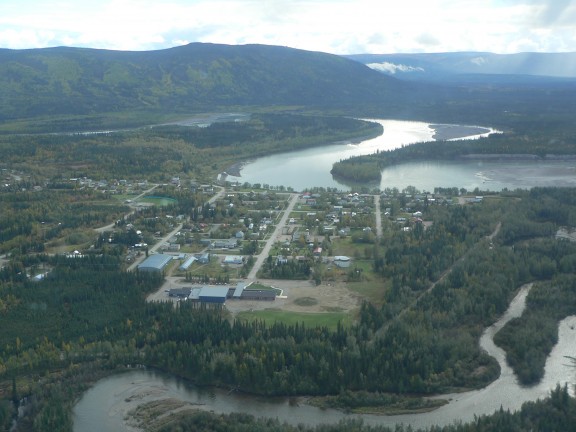
Mayo was originally established as a river settlement in 1903, and became the service centre for significant mining activity in the area. Silver, zinc and lead ores were loaded on sternwheelers at Mayo to be shipped to Whitehorse. An all-weather road linking Mayo with Whitehorse was completed in 1950. The Silver Trail, a scenic highway that begins at Stewart Crossing on the Klondike Highway, travels through Mayo and leads to the mining camp at Elsa and the small community of Keno City.
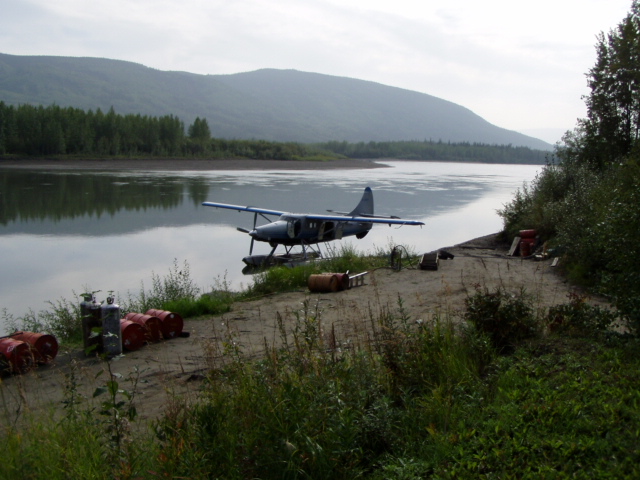
Beautiful scenery and extensive history make Mayo a significant tourist destination. The community is a convenient base for wilderness tourism, canoeing, hiking, big-game hunting and fly-in fishing.
The average population of the community of Mayo is 450. The First Nation of Na-Cho Nyak Dun, who live in and around Mayo, make up about half the population.
The economy of Mayo is linked to providing services for the people of Mayo and the surrounding area. Government services, including First Nation and territorial administration, provide about half of the jobs in the community. Placer mining and mineral exploration provide a non-governmental economic base for the community. Several general contractors also provide employment as well as services to local residents.
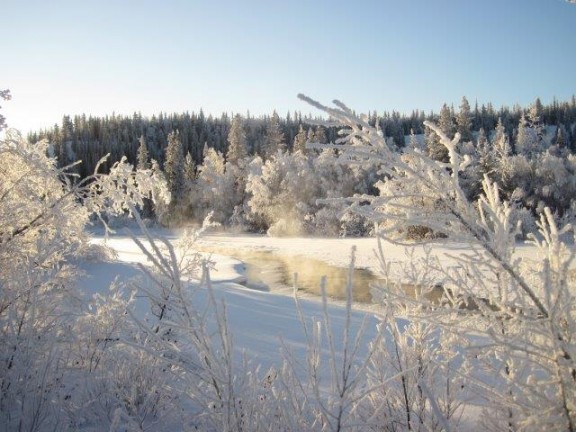
The Village of Mayo was incorporated in June 1984. The municipality provides a wide range of community and municipal services, including volunteer firefighting services, a piped water/sewer system, a Recycling Centre/Free Store, a landfill, and a cemetery. The Village’s Recreation Department offers recreational and leisure services that include the Mayo Winter Carnival, Canada Day Celebrations, outdoor community pool, skating arena, Mayo Curling Rink, Community Fitness Centre, Community Ball park and batting cage, an outdoor sports court, the Prince of Wales Trail (the local section of the Trans Canada Trail), parks and campgrounds, and the Binet House Museum/Interpretive Centre which offers local crafts for sale.
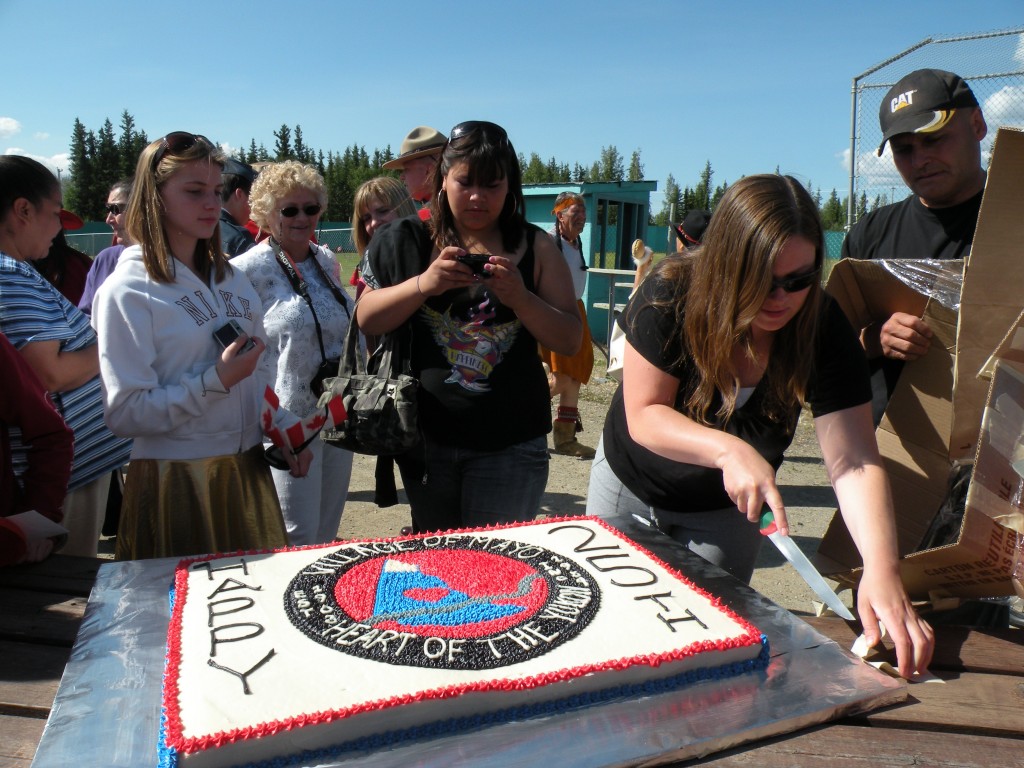
The central Yukon, where Mayo is located, experiences the greatest range of annual temperatures of any place in North America. Mayo holds the Yukon high-temperature record, based on June 14, 1969, when the thermometer peaked at 36.1 degrees Celcius. The lowest the temperature has dropped in Mayo is minus 62.2 C, recorded on February 3, 1947. Mayo also holds the Canadian record for the greatest range of absolute temperatures, a difference of 98.3 degrees Celcius between the extreme high and extreme low.
Mayo is a small community of pleasant and welcoming people. The wilderness environment in Mayo’s backyard is a natural playground for residents and visitors who enjoy adventures on the land and water.
